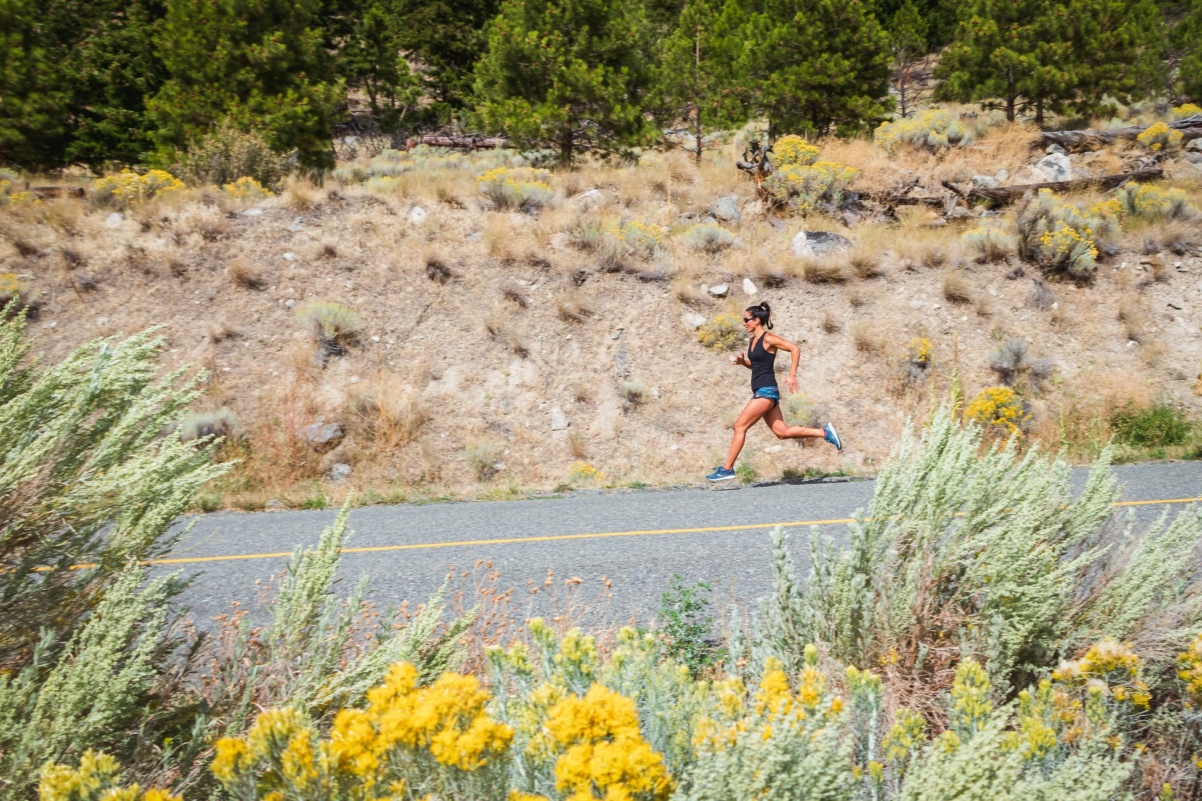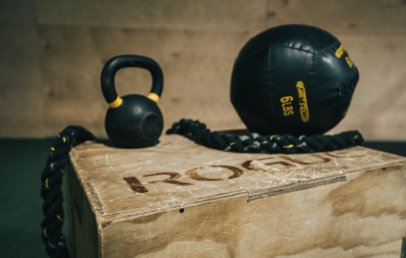
Going full throttle start to finish won’t get you in shape any faster.
Here’s how exercise improves your body, at least in broad strokes: you work your muscles with physical pressure and exertion, and the fibers of your muscles break, snap, and strain. Thanks to your body’s natural healing potential, those fibers gradually knit themselves back together, and with increased resistance to the physical pressure that snapped them in the first place. One would be forgiven for thinking, then, that the secret to big gains is to work yourself until you’re a puddle on the ground and let your bodily processes handle the rest. But the most important part of the build-up process isn’t the build-up itself; it’s the break periods in between.
Do you know why they tell you to pace yourself and take regular breaks in a workout session? It’s because your body needs time catch up and assess the damage before it can start putting itself back together. It’s so easy to build up muscle (relatively speaking) because the tears in your muscle fibers are tiny and don’t require your body to divert a lot of resources. If you put too much strain on your body at once, it’ll have to put everything it has into just getting you back to normal, rather than building you up.

Consider this: say you get a small scratch on your arm. It might bleed a bit, but it’ll probably heal up almost entirely within a day or so. Compare that to getting an arrow through your shoulder. Now you have a hole in your body, and even if it’s small to you, to your circulatory system, it might as well be the Grand Canyon. Do you know how long it’d take to fill an empty canyon with blood and muscle fiber? Really long. Far too long to divert any of it elsewhere.
My point is getting away from me; the bottom line is that it’s okay to push yourself during designated workout periods, but when the time comes to rest, you’d better do it, at least if you want the gains you were working toward.




